Your book’s title is key to memorability among potential readers. Book subtitles, on the other hand, are often overlooked but can arguably be more important to the success of some books.
You might wonder why that is. After all, who even remembers a subtitle? Let’s take a look at some examples.
What you’ll learn about book subtitles in this article:
Examples of Book Subtitles
Subtitles can be used on all kinds of books, including both fiction and nonfiction. Nonfiction is what we’ll focus on for this article, though, as fiction subtitles often serve a different purpose (such as denoting a specific book within a series).
Let’s consider one of the bestselling nonfiction books currently topping the Amazon charts: Atomic Habits by James Clear. The title gives us some hint of what the book is about—habits—but not much else. Is it about blowing up habits (which the word “atomic” could suggest)? Building habits? Or something else?
The subtitle is where we get the meat of what the book is about: An Easy & Proven Way to Build Good Habits & Break Bad Ones. In just 13 words (11 if we don’t count the ampersands), we get a clear picture of what the book is actually about and what it can do for us as readers.
Let’s look at another one: perennial bestseller The Body Keeps the Score by Bessell van der Kolk. Let’s be honest, that title really doesn’t tell us much about what the book is about. But the subtitle—Brain, Mind, and Body in the Healing of Trauma—makes it crystal clear.
How about one more: Michael Pollan’s How to Change Your Mind. This is another title that doesn’t really tell us a whole lot about what the book contains. It could be anything from a meditation guide to a book about being open-minded. The subtitle brings it into focus, though: What the New Science of Psychedelics Teaches Us About Consciousness, Dying, Addiction, Depression, and Transcendence. It tells us everything we need to know about what the book covers.
Are you seeing a theme here? Book titles are meant to be memorable. If we’re trying to find a book, we can likely remember what the title is (assuming it’s a good title), or at least something close to it. But if we’re trying to figure out what a book is about at a glance, the subtitle is where it’s at.
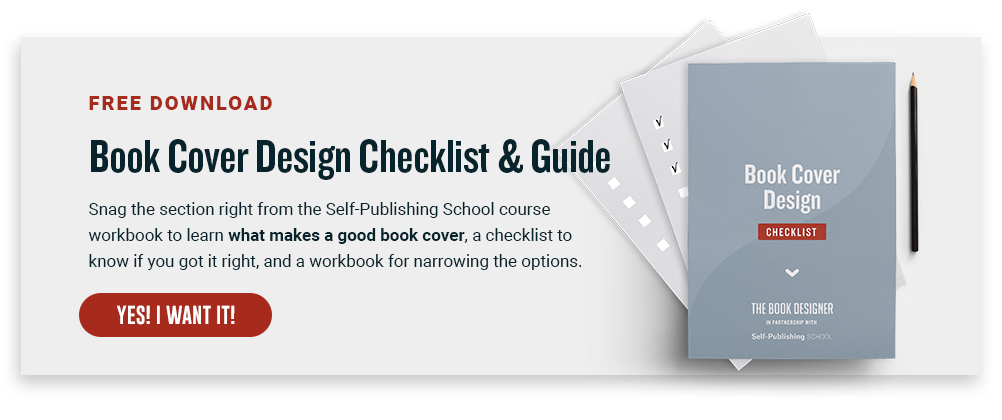
What Great Book Subtitles are Made of
A great subtitle is made up of three key attributes:
- It’s super specific.
- It contains searchable keywords.
- It gives context to the book.
While a good title is meant to be memorable, a good subtitle should be searchable. You want readers who are looking for books about nurturing a child’s mind, for example, to find books like The Whole-Brain Child: 12 Revolutionary Strategies to Nurture Your Child’s Developing Mind by Daniel J. J. Siegel and Tina Payne Bryson. The title isn’t likely something that most parents are going to search for if they don’t have a specific book in mind. But the subtitle contains the keywords: “nurturing your child’s developing mind”—that makes it way more likely to pop up on the radar of the right target readers.
Let’s take a deeper dive into the three key attributes of a great book subtitle.
1. Book Subtitles Should be Super Specific
A book’s subtitle should be as specific as possible. Tell readers exactly what they’ll learn within the pages of your book. Tell them exactly the promise you’ll deliver on and even how you’ll get there.
Here’s a good example of a super specific subtitle, but the book Raising Good Humans: A Mindful Guide to Breaking the Cycle of Reactive Parenting and Raising Kind, Confident Kids by Hunter Clarke-Fields MSAE. It’s got all of the specifics: mindfulness, breaking cycles, reactive parenting, and raising kind and confident children.
2. Book Subtitles Should Contain Searchable Keywords
With nonfiction especially, readers aren’t always looking for a specific book. Many times, they’re searching for a book that’s about a certain topic. That’s where searchability of keywords in your subtitle comes in.
If a reader wants to find a book on setting boundaries, for example, they’ll find a lot of books with the word “boundaries” in the title. But also on the first page of Amazon’s results will be books like The Empowered Empath: A Simple Guide on Setting Boundaries, Controlling Your Emotions, and Making Life Easier by Judy Dyer. The title is emotionally evocative, while the subtitle does the heavy lifting in terms of keywords and searchability (it also comes up in the search results for “controlling your emotions”).
3. Book Subtitles Should Give Context
A good subtitle should give context to the book. It should give the reader a good idea of who should read the book and why they would want to. One good example is Smarter Not Harder: The Biohacker’s Guide to Getting the Body and Mind You Want by Dave Asprey. The book’s subtitle tells us who should read the book (biohackers) and why (to improve their mind and body).
Another good example is The Coming Wave: Technology, Power, and the Twenty-first Century’s Greatest Dilemma by Mustafa Suleyman. This one isn’t quite as direct as some other subtitles, but it’s enough to give readers a sense of what it contains. “Technology” and “Power” tell us the book is likely about the tech industry and possibly about the politics surrounding it. And “Twenty-first Century’s Greatest Dilemma” hints at discussions about ethics and the existential threats that modern technological advances may present. The “who” is implied in this case: anyone who cares about the effects of technology on the future of humanity.
Writing Book Subtitles That Work
Coming up with a book title is tricky. You want something that is evocative, memorable, and intriguing to potential readers. But book subtitles can be even trickier: you want to give readers a lot of information in as few words as possible.
So how do you begin writing book subtitles that accomplish your goals?
What Are the Benefits?
Make a list of all of the benefits your book provides to readers. What will they learn? What problems will they solve? Write out at least twenty benefits your book will provide, large or small.
From there, you can narrow it down to the top three benefits that readers will get from your book. Why three? It’s been shown that humans have an affinity for things that come in groups of three (it’s even referred to as the Rule of 3). Not only do they prefer it, but it can also help them remember the information better.
Diogo Seixas’s book Enjoy the Ride: Reflections and exercises to get to know yourself better, make conscious decisions, and enjoy the journey to your dreams is a great example of a subtitle that employs the Rule of 3.
Focus on the Themes
It can be easy to focus on very narrow benefits when creating a subtitle, but focusing on more general themes of knowledge or transformation can reach a wider audience. For example, Biohack Your Brain: How to Boost Cognitive Health, Performance & Power by Kristen Willeumier focuses much more on the themes than the particulars in its subtitle. “Health,” “Performance,” and “Power” aren’t very specific benefits, but they give the potential reader a good idea of what they might find inside.
Themes are enough to pique interest and make people want to learn more. It gets the reader to pick the book up and read the back cover or flip through the first few pages. So take your benefits from the previous step and rewrite them as themes.
What’s Your Book’s Big Promise?
What promise does your book make to readers? What is the main takeaway that readers will get from reading your book? That’s what your book’s subtitle should convey.
Agent of Influence: How to Use Spy Skills to Persuade Anyone, Sell Anything, and Build a Successful Business by Jason Hanson is an excellent example of this. It uses the Rule of 3 already mentioned, but also makes a big promise: that you’ll learn how to “build a successful business.”
Make sure that whatever your book subtitle promises, that your book actually delivers on that promise. And if it doesn’t? Go back and edit your book so that the big claim of your subtitle is actually achievable within your book’s content.
Formatting Book Subtitles on Your Cover
Writing book subtitles is important, but how your subtitle is displayed on your book’s cover is almost as important. You title should be the focal point, but your subtitle still needs to pull its own weight. And how it appears on the cover is key to how it fulfills its purpose.
One Million Followers, Updated Edition: How I Built a Massive Social Following in 30 Days by Brendan Kane keeps the subtitle formatting simple. It’s just a smaller version of the title font, immediately below the title. This naturally leads the reader’s eye from the title to the subtitle.
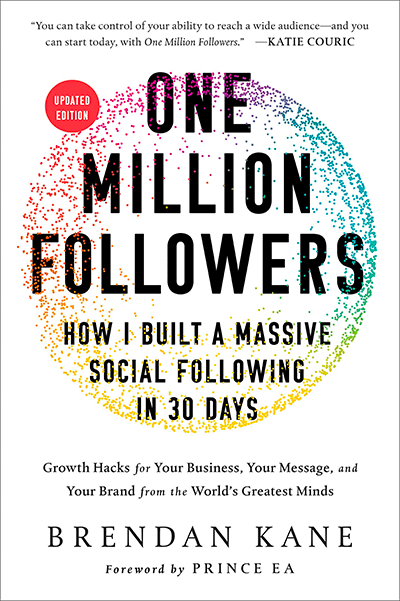
Neil deGrasse Tyson’s book Starry Messenger: Cosmic Perspectives on Civilization has a little more fun with the book’s subtitle. The designer used a handwritten-style typeface for the subtitle, almost as if it was scrawled on the cover as an afterthought.
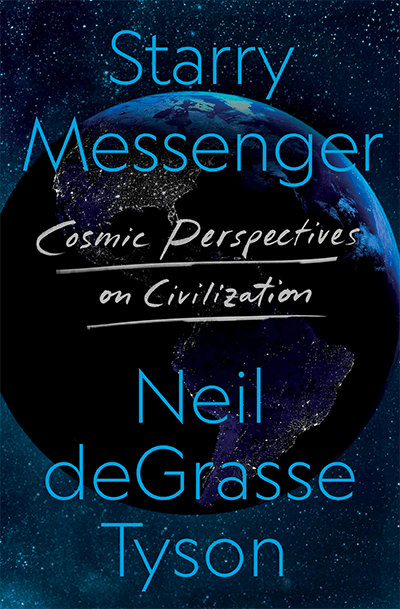
On Our Best Behavior: The Seven Deadly Sins and the Price Women Pay to Be Good by Elise Loehnen has some fun with the subtitle format. It uses a wider sans serif font than the title, but continues the style of having parts of the letter obscured by the background image.
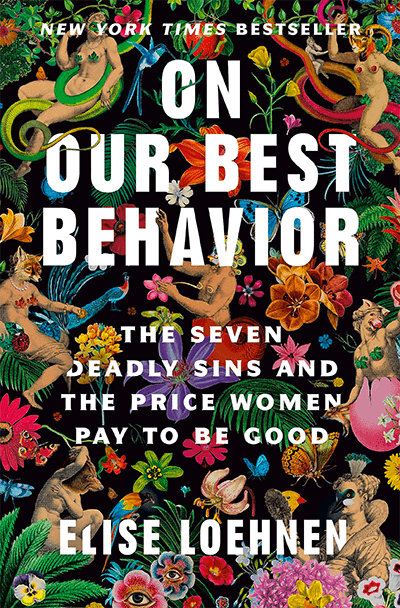
Never Enough: When Achievement Culture Becomes Toxic-and What We Can Do About It by Jennifer Breheny Wallace uses a variation on the same font as the title, but adds a highlighter effect over the promise of the subtitle: what we can do about toxic achievement culture.
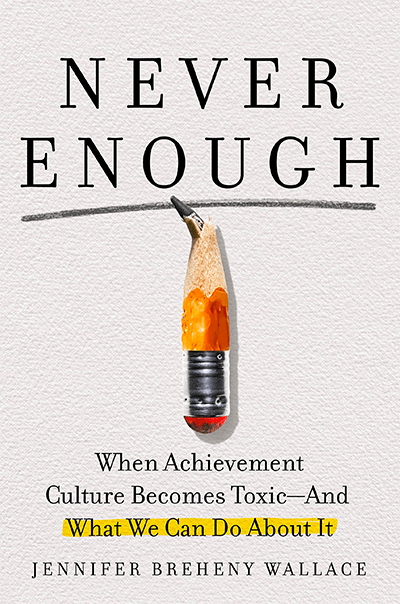
Mindreader: The New Science of Deciphering What People Really Think, What They Really Want, and Who They Really Are by David J. Lieberman has a longer-than-average subtitle, which could get unwieldy on a cover. But by using a smaller, serif typeface (compared to the large, sans serif typeface of the title) and mixing up both italic and regular font styles, the subtitle blends beautifully into the cover design while maintaining readability.
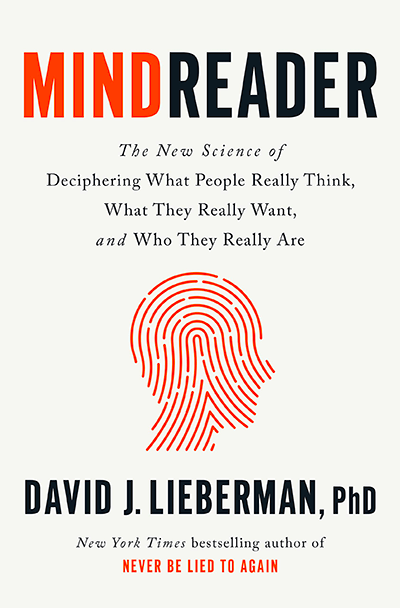
It’s okay to have some fun with the way your book subtitles are formatted on your book cover. Just remember the purpose of your subtitle (searchability and explaining what the book is actually about) and go from there!



